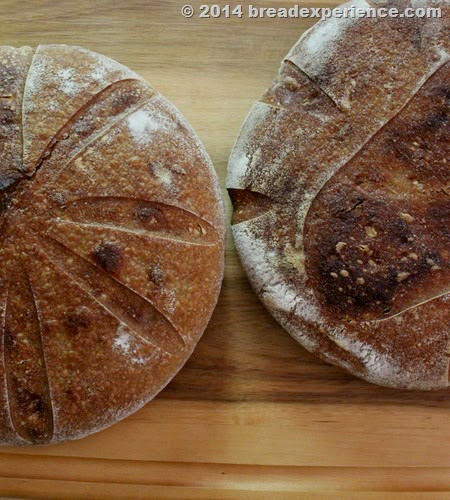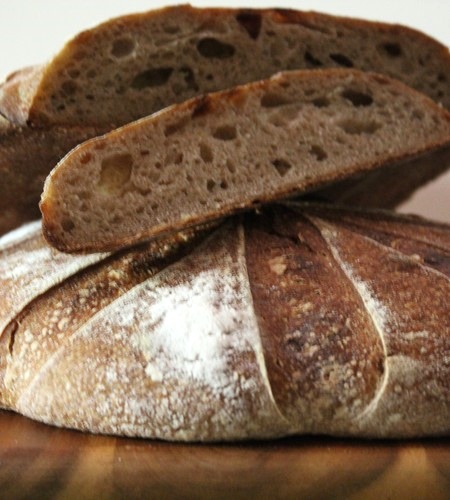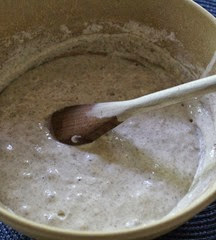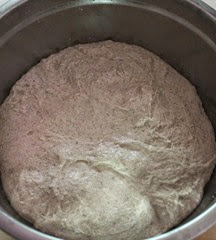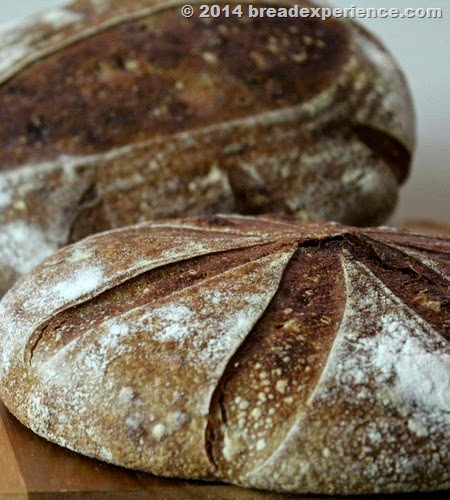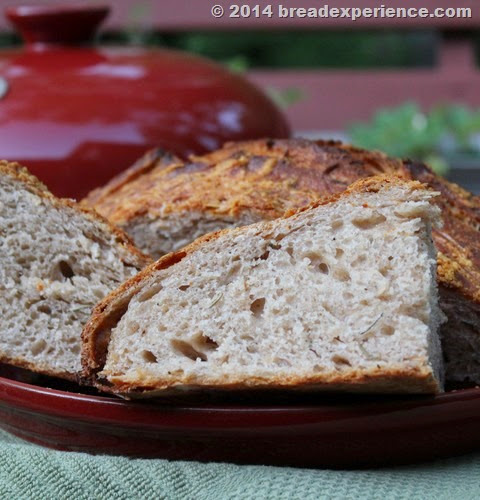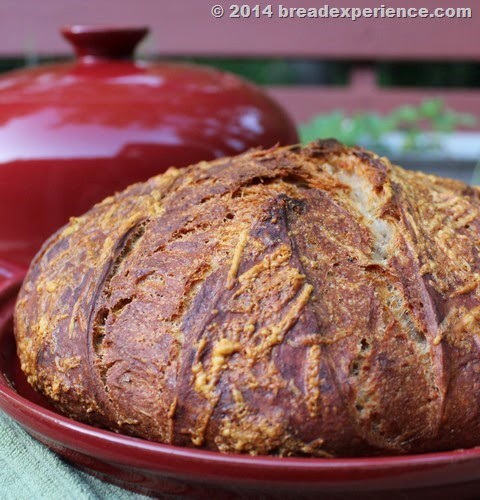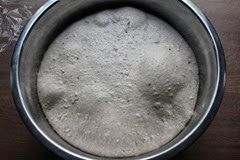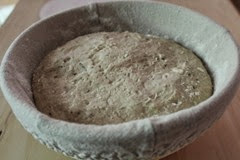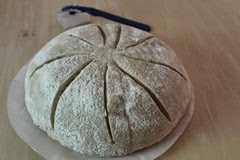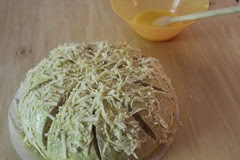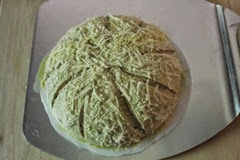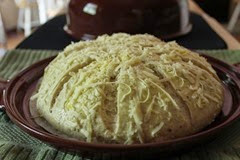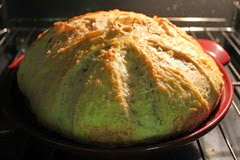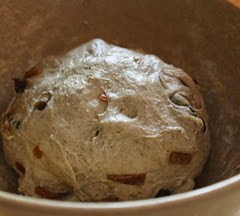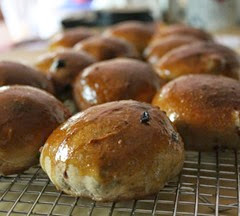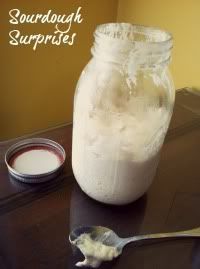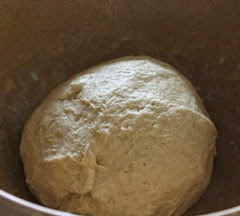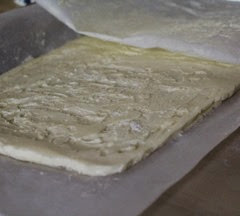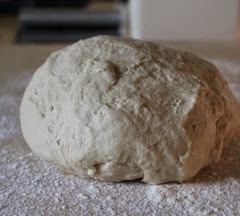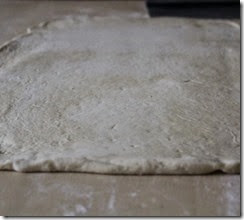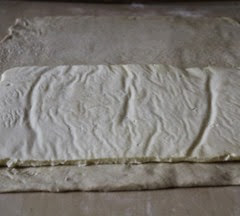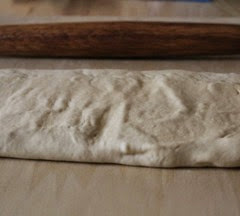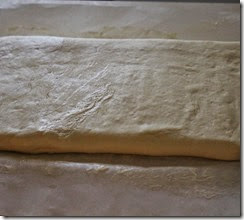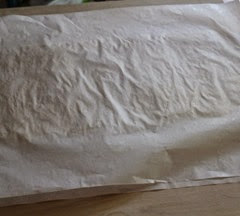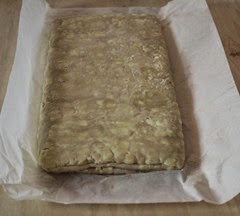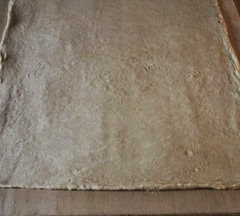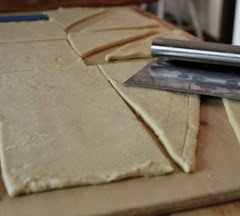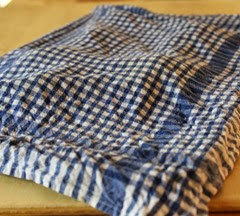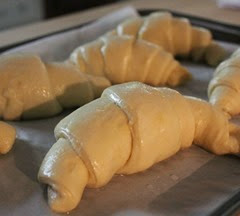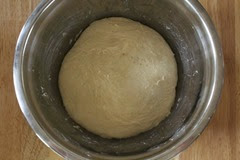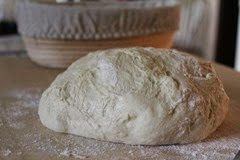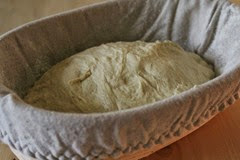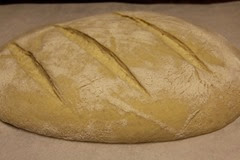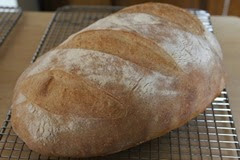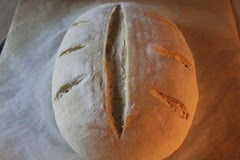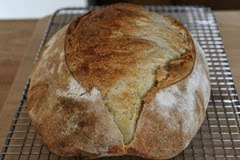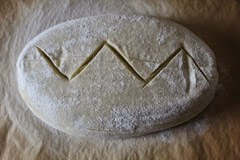The term rustic can mean different things to different people.
When it is used to describe bread, it generally refers to a loaf made with different types and coarseness of flours.
Whole grain flours, such as whole wheat and rye, are typically added to give breads a rustic appeal because they provide more substance and flavor and a coarser texture than breads made completely with white flour.
Rustic can also be used in a more lenient way as I learned recently when I attended a workshop with Master Baker, Lionel Vatinet, at the Asheville Bread Festival in Asheville, NC.
Lionel is the owner of La Farm Bakery in Cary, NC, and the author of A Passion for Bread. During the workshop, he taught us how to shape different types of loaves using the same ciabatta dough. His teaching style is very funny and engaging and you can tell he really does have a passion for bread.
As he was shaping the loaves, he would give us tips and antidotes on bread baking. When one of the loaves ended up a little lopsided, he joked and said, “If you ever make a loaf that’s not quite the shape you intended, don’t get mad at yourself or discard the bread as a failure, just tell everyone it’s a rustic bread and it’s supposed to look that way.”
I like that approach. It’s very thoughtful and forgiving. I’m sure I’ll find plenty of opportunities to use “rustic” to describe my not-so-perfect breads.
Rustic White, Rye & Spelt Sourdough Bread
Makes: 2 large loaves
Adapted from the April Bread of the Month (BOM) for the Artisan Bread Bakers FB group.
My version is made with all-purpose flour, rye and Spelt and includes a little bit of olive oil. The original formula included a long fermentation process, but I extended it even further by retarding the shaped loaves in the refrigerator for two days instead of one. I also baked these loaves in my La Cloche rather than a Dutch oven.
I started the levain Friday evening; mixed the dough on Saturday; shaped the loaves Saturday night; and placed them in the refrigerator to retard overnight. I didn’t have time to bake the loaves on Sunday so I let them stay in the refrigerator another day. I baked the loaves on Monday afternoon, but I didn’t try them until Tuesday afternoon.
Day 1
- Unbleached All Purpose Flour 150 grams
- Whole Grain Spelt (or Whole Wheat) 50 grams*
- Rye 50 grams*
- 80 degrees F. water 200 grams + 1/4 cup
- Refreshed Starter 50 grams
* I used home-milled flour
In the Evening
Combine the above ingredients; allow to sit overnight at room temp.
Day 2
- 80 degrees F. water 700 grams
- Unbleached All Purpose Flour 700 grams
- Rye 200 grams
- Whole Wheat 100 grams
- Salt 20 grams
- Olive Oil 2 T, optional
- Build from the previous day
In the Afternoon
Add the water and olive oil (if using) to the build and mix well, Then add the flours. Combine the ingredients with a wooden spoon or dough whisk till roughly incorporated.
Let the dough rest for 20-30 minutes. Then add the salt. Allow to sit at room temp for 30 minutes. Perform the stretch and fold four times, then allow the dough to sit for 30 minutes. Perform this stretch and fold cycle every 30 minutes for the next 2 hours.
In the Evening
After the four stretch and fold cycles and when the dough has doubled, form into two Boule’s, {develop a taught skin on the boules} place these into rice/wheat floured willow brotforms. This is a fairly wet dough, but it does really well in the bannetons. I shaped my dough into one round boule and one oval loaf. Cover and allow for an hour rise. Place the baskets in the refrigerator over night. As I mentioned, I let the loaves ferment in the refrigerator for two days. The baked loaves didn’t have as much oven spring, but the flavor was wonderful.
Preheat your oven to 500 degrees F. with a Dutch oven, combo cooker or La Cloche on the bottom rack. I hadn’t used my La Cloche in a while so I got it out for this bread. It was interesting to bake an oval loaf in the round bottom, but it worked.
The Next Day or On Bake Day
Take the loaves straight from the refrigerator, and place one into the bottom of the La Cloche sprinkled with corn meal or you can use a Dutch oven if you prefer. Score the loaf in the pattern of your choice. Since these loaves had been retarding in the refrigerator, it was really easy to score them. I used a straight edged lame and got creative with the scoring.
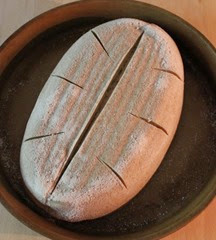 | 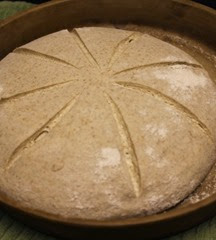 |
Reduce the oven temperature to 475 degrees F. and bake for 30 minutes at 475. Remove the top of the cloche or Dutch oven and bake an additional 10 minutes at 450 degrees. The loaf should be deeply browned and crusty, but not burned.
Repeat the process with the other loaf. Let the cloche preheat again before carefully placing the second loaf in the bottom.
Remove the loaves to a wire rack to cool completely before slicing and serving.
This bread has a unique character. It is chewy, slightly tangy and goes well with cheese and meats. It’s rustic inside and out.
Thanks to David Durr for sharing his formula for Rustic White, Rye & Wheat.
Notes from David:
- As far as scoring, it has been my experience that with the higher hydration dough’s I get a greater oven spring when I don’t score. Try one with and one with out, then compare.
- You can substitute Einkorn or Spelt for the whole wheat. For part or all of the unbleached all purpose, you can substitute extra fancy Durham. Feel free to use what you have on hand.
Happy Baking!
Cathy
